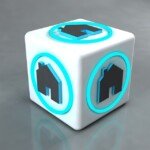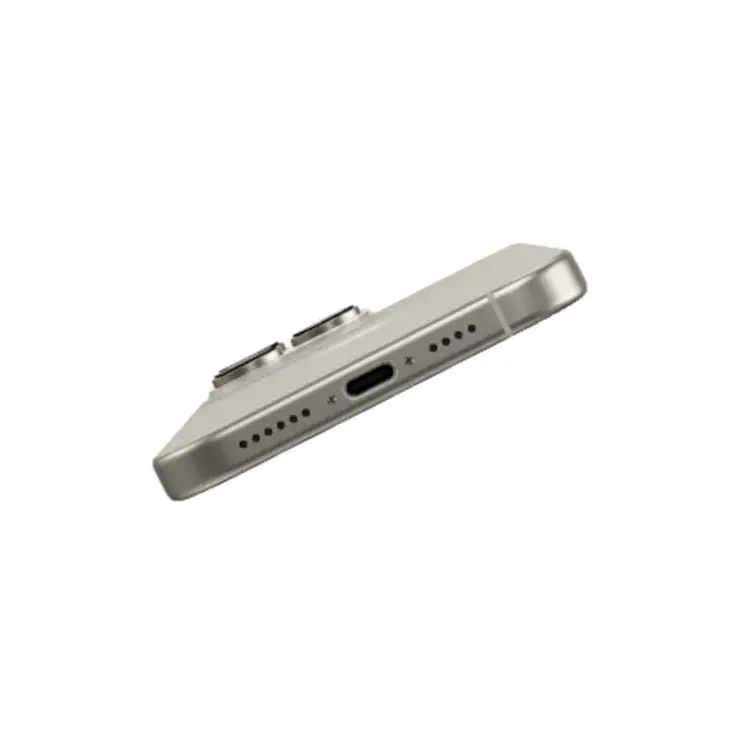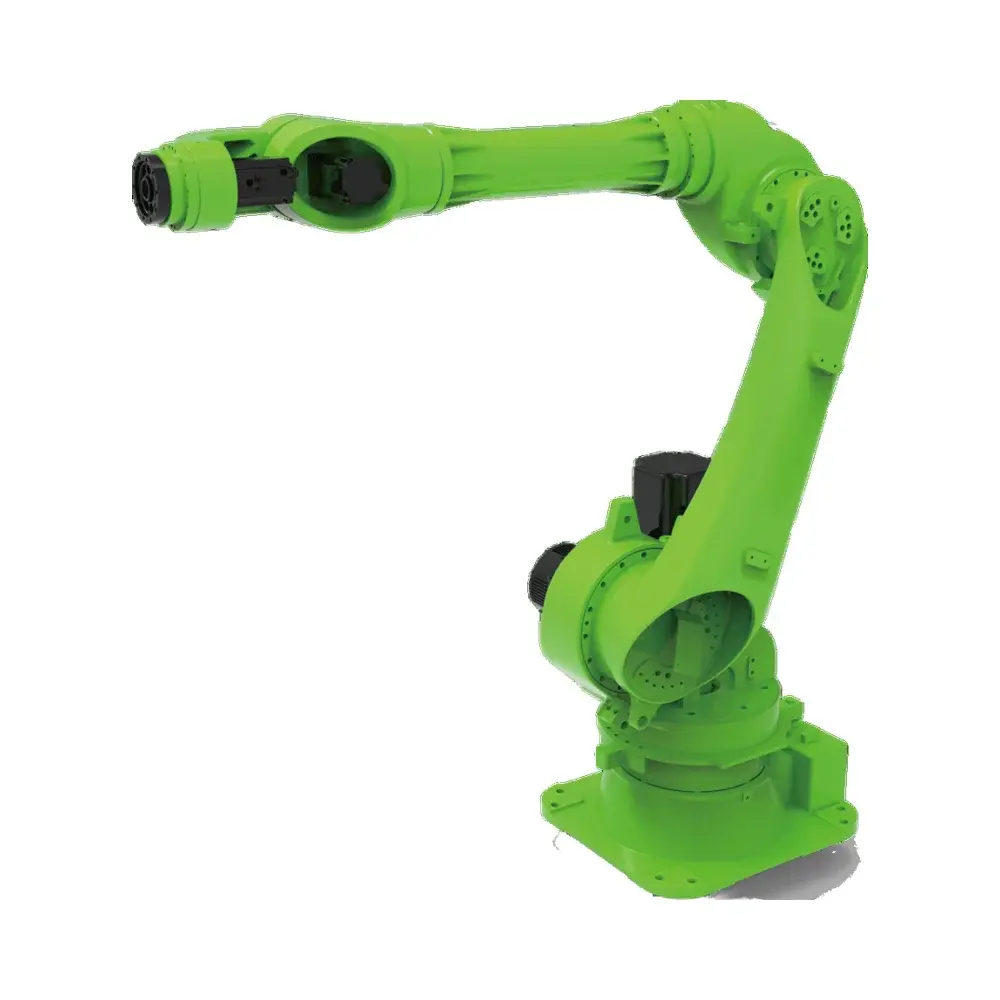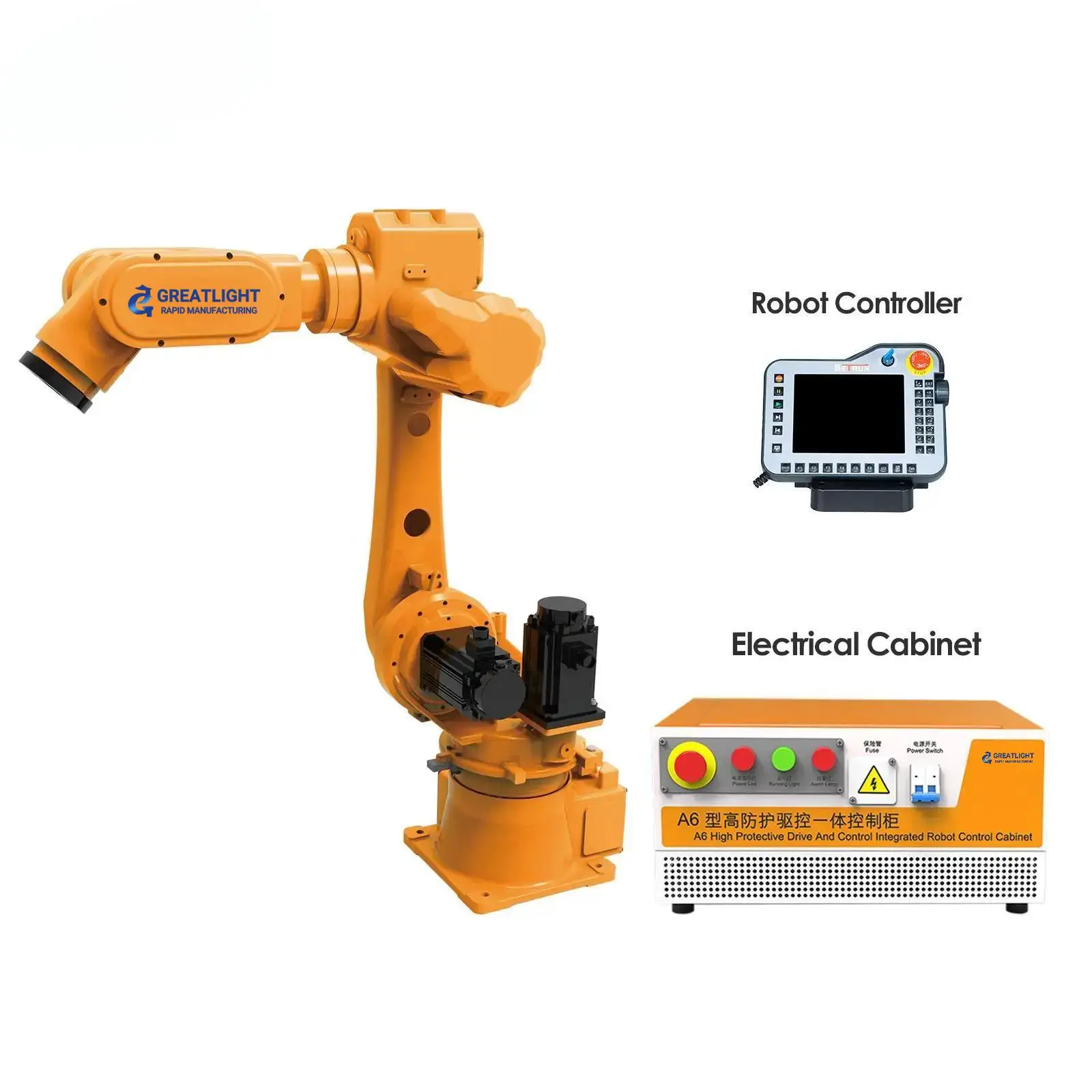Breathe Easy: A Guide to Safe and Nontoxic 3D Printer Supplies
The buzz of a 3D printer signals a display of creativity, but could the process harm your health or the environment? As desktop manufacturing makes its way into homes, schools, and workplaces, understanding filament safety has moved from niche concern to essential practice. Standard filament can emit potentially harmful fumes and particles during the printing process, especially when melted at high temperatures. real choice Safe and non-toxic 3D printer consumables It’s essential to protect yourself, your loved ones, and establish responsible printing habits.
Why should we care about filament toxicity?
Beyond structural integrity or color vibrancy. The main questions are:
- Particulate emissions (UFP): All FDM printers produce ultra-fine particles during the printing process. Breathing in these particles can irritate the lungs and pose long-term risks, especially in poorly ventilated spaces.
- Volatile organic compounds (VOC): Heated thermoplastics release gaseous chemicals. Some substances, such as styrene in ABS or caprolactam in nylon, are known irritants or potential carcinogens with long-term, high-concentration exposure.
- Additives and colorants: Even the base polymer is considered "safer" May contain stabilizers, flame retardants, or pigments that release harmful substances when heated. Heavy metals in certain pigments are of particular concern.
- Sensitive and vulnerable groups: Children, people with asthma or respiratory conditions, and even pets are particularly susceptible to the effects of air pollutants.
Ignoring these risks can turn your creative corner into a potential health hazard. Prioritizing non-toxic options promotes sustainable and responsible 3D printing methods.
So, what are filaments actually? "Safe and non-toxic"?
although No filament is completely emission-freesome are safer options for enclosed indoor spaces. Beware of Greenwashing – Certification Matters! Looking for:
- Certified PLA (polylactic acid): PLA is derived from corn starch or sugar cane and is a basic eco-friendly filament. But not all PLAs are created equal. choose PLA certified as food safe (e.g. FDA CFR 21 or EU 10/2011 food contact compliance) and clearly labeled "Toxicity certification" Low emissions and no harmful additives. Well-known brands undergo rigorous independent testing. Unless certified, avoid using brightly colored, metallic or glittery PLA as pigments can increase the risk.
- Natural (colorless) PLA: The purest form, with no dyes or additives, generally produces the lowest UFP/VOC levels.
- Certified PETG (Ethylene Glycol Modified PET): It is generally considered to have improved toughness and temperature resistance compared to PLA. As with PLA, safety depends on certification. Choose PETG that is food safe and certified for toxicity. Avoid opaque or filled varieties unless certified.
- Certified TPE/TPU (Flexible): These rubber materials require careful selection. Look for certified brands that confirm they are phthalate-free and low in harmful VOCs. Softer materials generally produce more particles.
- EMAS approved ABS alternatives: Standard ABS is notorious for being high in volatile organic compounds. newer "ABS-like" Filament (sometimes called ECO-ABS or Green ABS) is rigorously tested and certified to significantly reduce emissions (e.g., to EMAS/EC-Type 1 standards), providing a safer compromise for functional parts requiring ABS-like properties.
- Specialized low-emission resin (SLA/DLP): Although photopolymer resin is not a filament, safety is important. Look for bioderived, odorless or certified biocompatible/low VOC resins specifically designed for safer indoor tabletop use. Avoid using standard resin without protection.
Key considerations beyond polymer type:
- Certification is king: Priority is given to filaments with verifiable certifications (FDA food contact compliance, LGA (Landesgewerbeanstalt Bayern) testing/approval, UL GreenGuard Gold, TÜV Toxproof, REACH/ROHS compliance). Search for test reports.
- Color matters: Vibrant, metallic, and luminous filaments often require smoke-enhancing pigments. Stick to natural tones or certified color varieties.
- Avoid hidden troubles: Avoid filaments containing PTFE (toxic when overheated), PVC (releases chlorine gas) or uncertified additives.
- Post-treatment chemicals: Solvents used to smooth ABS, such as acetone, also require proper ventilation. Safer filaments simplify the finishing process.
Best practices for truly secure printing:
- Always provide ventilation: exhaust gas external Use a dedicated enclosure with an active HEPA filter and carbon air scrubber. Simply opening a window is often not enough.
- Control the air: Use a room air purifier with a HEPA+ activated carbon filter near the printer.
- Note the location: Place the printer away from bedding, play areas, food preparation areas, or areas with high traffic. A basement, garage (with ventilation) or separate hobby room are ideal.
- Consider a shell: Even for safer filaments, the casing minimizes particle spread and improves print quality.
- Temperature accuracy: Print within the manufacturer’s recommended temperature range. Higher temperatures generally mean more emissions.
- Monitoring sensitivity: If you experience headaches, eye irritation, or respiratory discomfort, stop printing immediately, ventilate the machine thoroughly, and re-evaluate your setup/consumable selections.
Improving Durability: When Plastic Is Not Enough (Enter GreatLight)
For applications requiring unparalleled strength, biocompatibility, corrosion resistance or extreme temperature stability – Typical for high performance end-use parts – Industrial Grade Metal 3D printing become decisive "non-toxic" Final product solution. Post-production metal parts are inert, extremely durable and safe for critical applications.
GreatLight: Engineering safety and precision in metal additive manufacturing (Insert Anchor: Custom Metal 3D Printing Solutions)
When your project requires performance beyond plastic, working with the right manufacturer ensures quality and safety. GreatLight is the leader in professional metal 3D printing (DMLS/SLM)transform your designs into high-precision, rugged metal parts designed to be safely integrated into demanding environments.
- Advanced, safe material handling: We use certified high-grade titanium, stainless steel, aluminum alloys, and nickel superalloys to ensure biosafe results when the parts are finally completed. Our facility adheres to strict safety protocols for metal powder handling throughout the entire process.
- Superior equipment and digital craftsmanship: Utilizing cutting-edge metal 3D printing systems ensures consistently high-density parts with superior mechanical properties that meet necessary certifications.
- Precision and perfection: We understand critical tolerances. Our capabilities include strict quality control through CT scanning and dimensional inspection to ensure functionality and specification consistency.
- Complete mastery of post-processing: A wide range of finishing services (heat treatment, HIP, machining, polishing, surface treatments such as electroplating or anodizing) from a single source, ensuring parts are safely finished and ready for real-world deployment – whether in aerospace, medical, automotive or industrial automation.
- Efficient delivery of custom metal solutions: Whether it’s complex geometries that require rapid prototyping, or volume production parts that require critical validation and approvals, GreatLight offers fast-turnaround manufacturing tailored to your needs, with minimal constraints designed for sequential steps, competitive pricing, and the reliability your project deserves.
Learn how GreatLight integrates 3D printing to manufacture your ultimate metal part – Achieve unparalleled strength and compliance with ease.
in conclusion:
Embracing safe 3D printing involves more than just choosing the right machine; it starts with choosing filament that is truly non-toxic. Prioritize certified materials such as virgin PLA, certified PETG and EMAS-compliant ABS alternatives. Regardless of filament rating, never underestimate the critical need for strong ventilation and protection measures. For scenarios requiring ultimate safety, mechanical integrity and longevity of the final component – Explore Industries Metal 3D printing services like those provided by professionals huge light A most important solution was proposed. By making smart choices and prioritizing health and environmental impact measures, we ensure the wonderful world of 3D creation remains vibrant and sustainable. Print smart, secure and powerful.
FAQ: Safe and Non-toxic 3D Printer Supplies
-
Question: Is PLA filament really non-toxic?
- one: PLA derived from plants is generally considered the safest base polymer. However, colorless natural PLA is ideal. Colored, glittery or specialty PLA often contains additives. Crucially, look for PLAs that are clearly certified "food safety" and "Low VOC/low toxicity" By independent laboratories. Never assume that all PLAs are equally safe.
-
Q: What are the least toxic 3D printer filaments?
- one: Certified natural (colorless) PLA Consistently produces the lowest measurable emissions (particulates and VOCs) among commonly used filaments. Certified PETG also ranks highly for safety.
-
Q: If I use non-toxic PLA, do I still need ventilation?
- A: Yes, absolutely. All FDM printing produces ultrafine particles (UFP), which can irritate the respiratory tract. While certified low-toxicity PLA minimizes harmful VOCs, proper ventilation or air filtration (HEPA + activated carbon) is critical to remove particles from the breathing space.
-
Q: Is PETG safer than PLA?
- one: Both are very low risk If certified. Food-safe PLA typically has slightly lower VOC emissions. PETG has better temperature resistance and strength. Always choose the certified version for both. From a safety perspective, the certified versions of both are far superior to non-certified ABS or standard resin.
-
Q: Is 3D printer smoke harmful in the long term?
- one: Scientific consensus: Long-term, unprotected exposure to high concentrations of VOC fumes (especially styrene in ABS and caprolactam in nylon) and fine particles is harmful. Studying the long-term cumulative effects of low-level printing safe Filaments are ongoing and the precautionary principle calls for the use of ventilated and certified materials to minimize any exposure risk.
-
Q: How dangerous is ABS fumes?
- one: ABS emits large amounts of styrene vapor, which is a suspected carcinogen and known to be a respiratory/eye irritant. Printing ABS always requires strong external exhaust ventilation. Its use should generally be avoided in typical home/hobbyist environments where dedicated ventilation is not available. certified low emission "Ecological ABS" For users who require ABS-like characteristics, alternatives are a safer choice.
- Q: When should I consider 3D printing with metal instead of plastic?
- one: Metal 3D printing (DMLS/SLM) through services like GreatLight is ideal when your components require:
- Excellent mechanical strength and durability.
- Excellent heat or corrosion resistance.
- Biocompatibility for medical/dental/pharmaceutical applications.
- Complex internal geometry combines with strength.
- High accuracy and stability for demanding industrial applications.
Metal parts are inherently inert and non-toxic after production, making them the ultimate choice "safe" Selection of end-use parts for critical functions.
- one: Metal 3D printing (DMLS/SLM) through services like GreatLight is ideal when your components require:










































